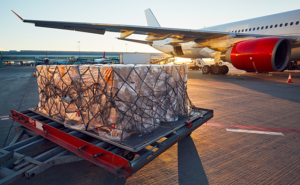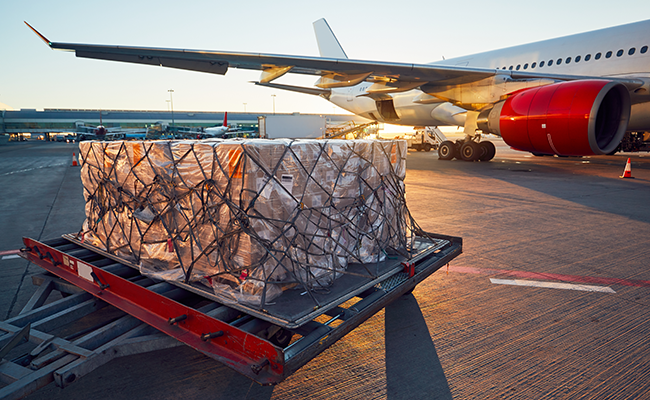-
Airfreight space is improving but will remain tight until belly capacity in passenger aircraft returns to normal, according to Philippine Multimodal Transport and Logistics Association, Inc. (PMTLAI) president Marilyn Alberto
-
As of August, aircraft capacity at Ninoy Aquino International Airport still almost 80% below 2019 levels
-
Airfreight rates will not go back to pre-COVID-19 levels
-
Once global distribution of COVID-19 vaccines starts, air freight will compete with vaccines for already limited aircraft space
-
Stakeholders must accept high airfreight rates or shift supply chain to other modes of transport

Airline stakeholders should not expect air cargo rates to return to pre-COVID-19 levels in the near future as aircraft space will continue to be limited, especially when global distribution of COVID-19 vaccines starts, according to an industry expert.
In a recent webinar conducted by the Supply Chain Management Association of the Philippines, Philippine Multimodal Transport and Logistics Association, Inc. president Marilyn Alberto acknowledged the supply of air freight space is improving but space will still be tight “until the belly capacity of passenger aircrafts comes back to a scale.”
As of August, she noted aircraft capacity in the country’s main gateway, Ninoy Aquino International Airport, was still almost 80% below 2019 levels. While capacity has slowly been increasing since then, it is “still not significant enough to handle demand for air freight.”
This is evidenced by air cargo volumes in August 2020, which held up well, being only 27% and 12% below 2019 levels for export and import shipments, respectively. These figures were lower than the recorded monthly decreases in volume since March 2020.
“I think the gap is going to be smaller as we go along because right now, we are handling a lot of cargo by air,” Alberto noted.
She noted air freight forwarders have been using a significant number of freighters, cargo in cabin flights, and “preighters” or passenger aircraft used as freighters.
They have also been chartering a significant number of flights to transport urgent shipments, which has translated to higher rates.
When global distribution of COVID-19 vaccines begins, Alberto said the vaccines will compete for limited aircraft space.
Citing experts, she said global vaccine distribution will not be “a short frantic rush” but an extended effort that could be an 18-month project.
Airlines have estimated that air travel will not recover until 2024. “That means that’s the time we have to wait before we can enjoy better rates from airlines,” Alberto pointed out.
She said air freight forwarders will continue to charter flights, with rate agreements usually in the short term.
Alberto said stakeholders must accept high air freight prices or shift their supply chain to other modes of transport.
“This is one thing for sure, all my friends from the airline industry tell me rates will never go back to pre-COVID-19 levels,” she added.
She advises stakeholders to hone their long-term forecasting skills “because there will be no idle capacity sitting around in case you got your forecast wrong.” – Roumina Pablo





